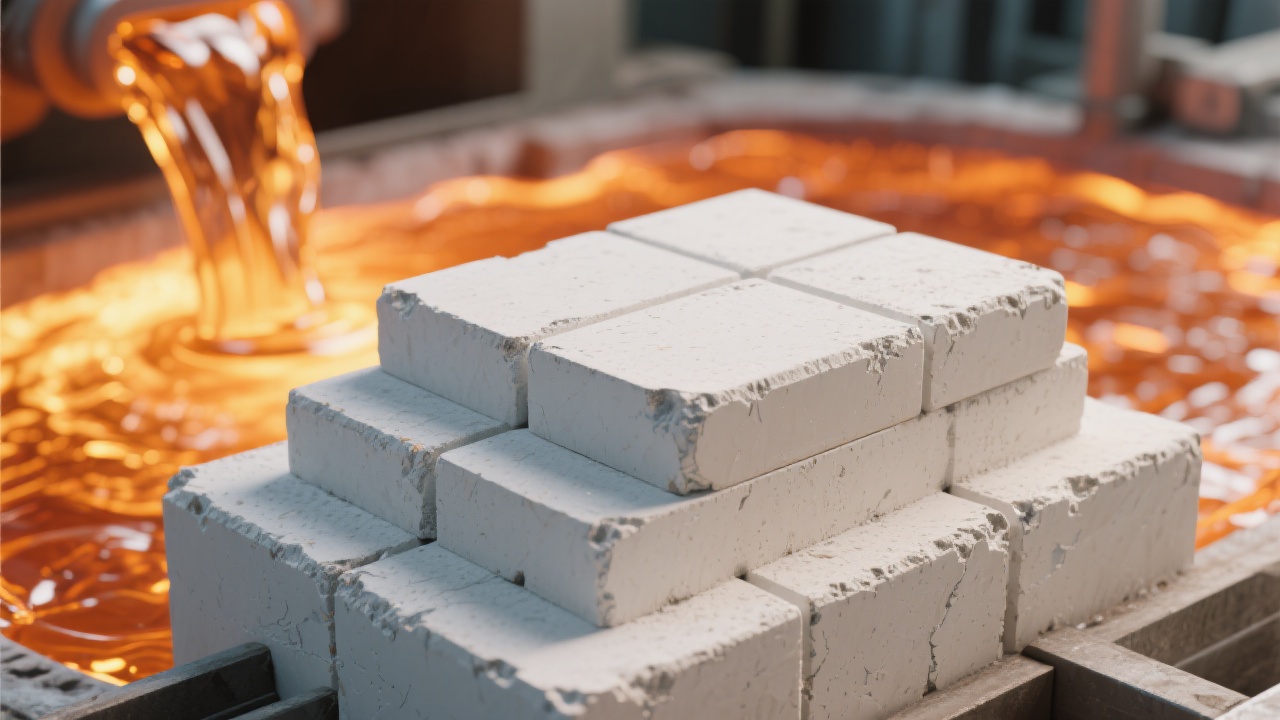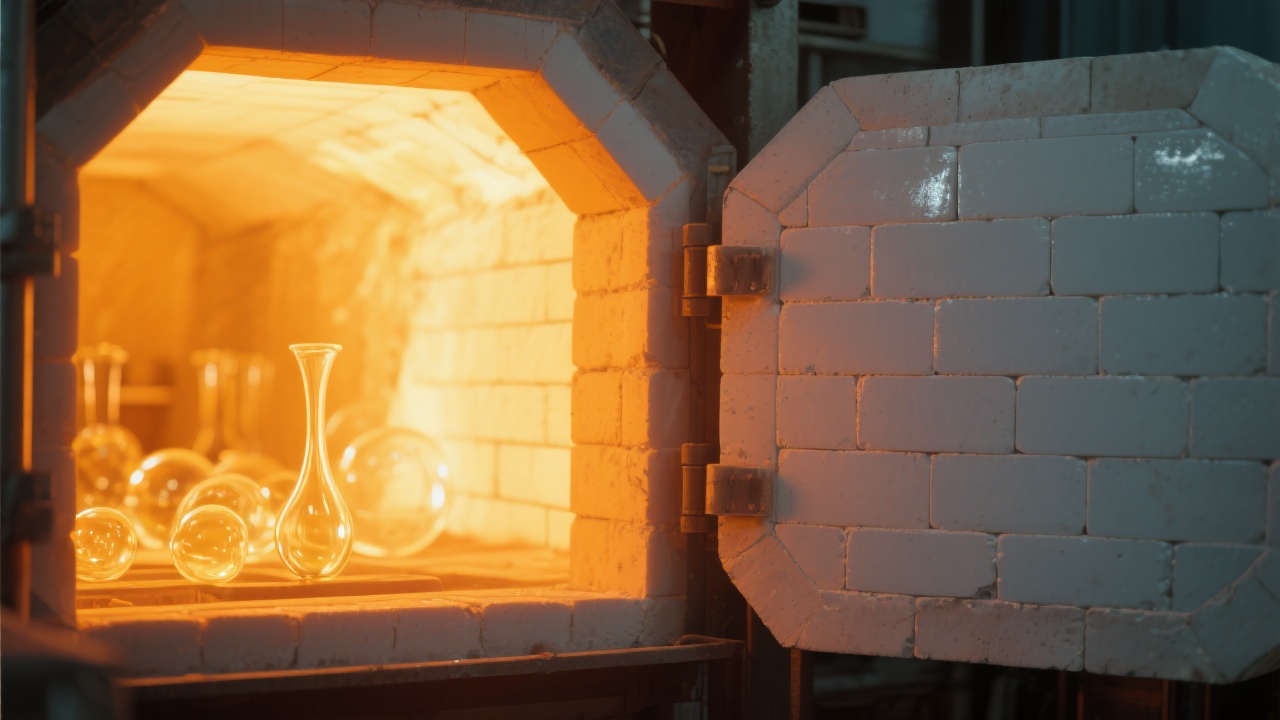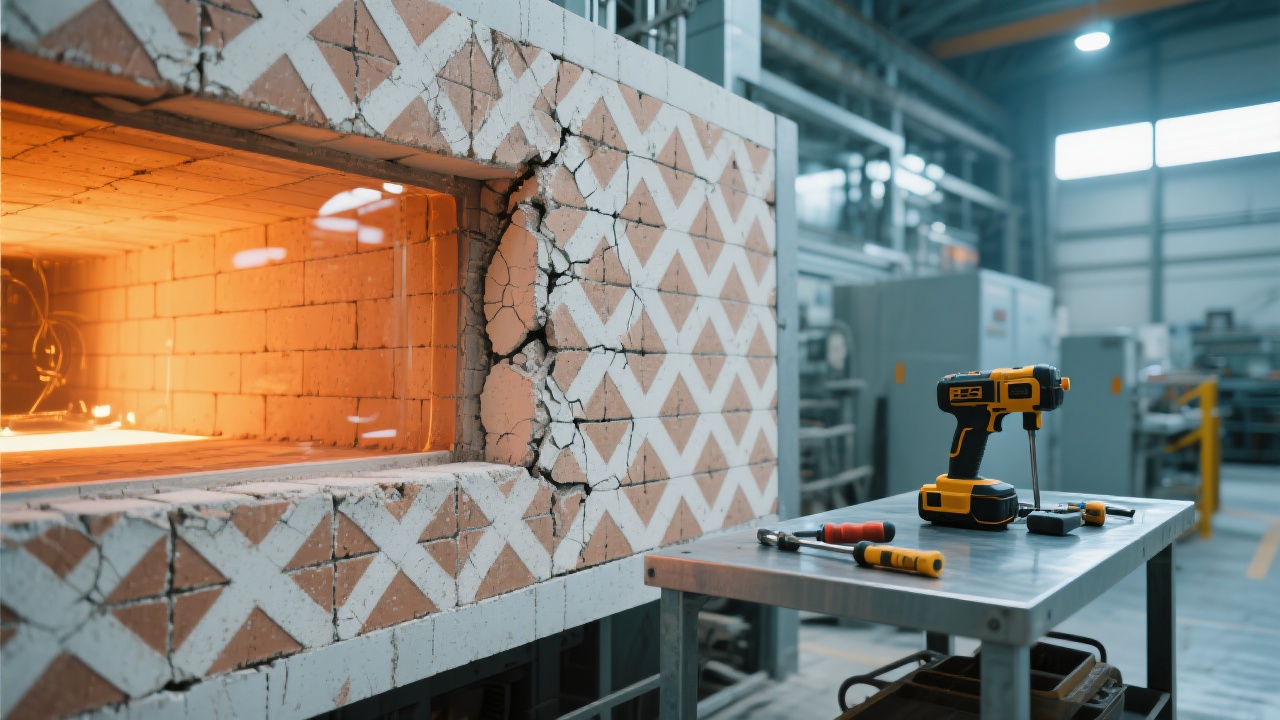
In the demanding world of high-temperature thermal processing, kiln furniture endures constant stress, especially under rapid heating and cooling cycles. This dynamic temperature variation generates significant thermal shock, which can accelerate material fatigue and eventual failure. Among the materials used to resist these harsh conditions, mullite kiln furniture stands out due to its unique low-density, porous structure and exceptional thermal shock resistance.
High-temperature kilns used in ceramics, metallurgy, and composite heat treatment commonly experience heating rates exceeding 10 °C/min, followed by cooling rates that may be equally rapid. These rapid thermal cycles impose steep temperature gradients on kiln furniture, inducing tensile and compressive stresses that can crack or warp components.
For example, research shows that temperature gradients greater than 150 °C across mullite kiln furniture surfaces increase the risk of cracking by over 30%. Such thermal stresses necessitate kiln furniture with tailored thermal conductivity and mechanical resilience.
Mullite (3Al2O3·2SiO2) features a unique balance of thermal and mechanical properties. Its inherently low density and controlled porosity (~30%-40%) allow it to absorb thermal shocks better than denser ceramics. This porous structure acts as a buffer, dissipating strain energy and reducing the likelihood of crack initiation under temperature swings.
Thermophysical property analysis indicates that mullite’s thermal expansion coefficient (~5×10-6/K) is moderate, which limits dimensional changes during rapid heating, while its porosity reduces thermal conductivity (< 3 W/m·K), lowering temperature gradients inside the bulk material.

Despite mullite’s resilience, repeated rapid thermal cycles induce cumulative damage. Microcracks initiated at pore edges can propagate under cyclic stress, exacerbated by chemical environments such as oxidizing gases or molten slags.
Case studies from industrial users indicate that kiln furniture subjected to over 500 rapid cycles shows microstructural degradation signs, which, if unchecked, can lead to failure within months. Key factors accelerating fatigue include:
Proactive maintenance is crucial. A data-driven workflow can significantly extend mullite kiln furniture lifespan:
| Maintenance Step | Description | Frequency |
|---|---|---|
| Visual Inspection | Check for surface cracks, discoloration, or deformation | Before each kiln start-up |
| Non-destructive Testing (NDT) | Ultrasound or infrared thermography to detect subsurface flaws | Every 100 cycles or monthly |
| Cleaning & Surface Treatment | Remove residues and apply protective coatings if applicable | Every 50 cycles |
| Load Pattern Optimization | Distribute weight evenly to avoid localized stress | Ongoing |
Successfully extending the lifespan of mullite kiln furniture also hinges on proper handling and operation:

Industry-specific conditions call for tailored kiln furniture care:
In a recent project involving a European metal heat treatment plant, introducing coated mullite kiln furniture and a strict maintenance schedule increased component lifespan by 25%, reducing downtime significantly.

While mullite’s low-density porous characteristics inherently improve thermal shock resistance, achieving optimal kiln furniture longevity demands a combination of material knowledge, structured maintenance, and informed operational tactics.
Employing scientific monitoring techniques and adhering to recommended handling protocols not only reduces unexpected failures but also safeguards product quality and production continuity. This balanced approach ensures the high investment in kiln furniture translates into sustained operational efficiency.
Interested in enhancing your kiln furniture lifespan with proven solutions? Discover tailored maintenance strategies and expert tips here.
Keywords: high-temperature kiln furniture maintenance, thermal shock protection, mullite kiln furniture, kiln furniture lifespan extension, heat treatment kiln operation tips.

